What Is True Blended Incense?
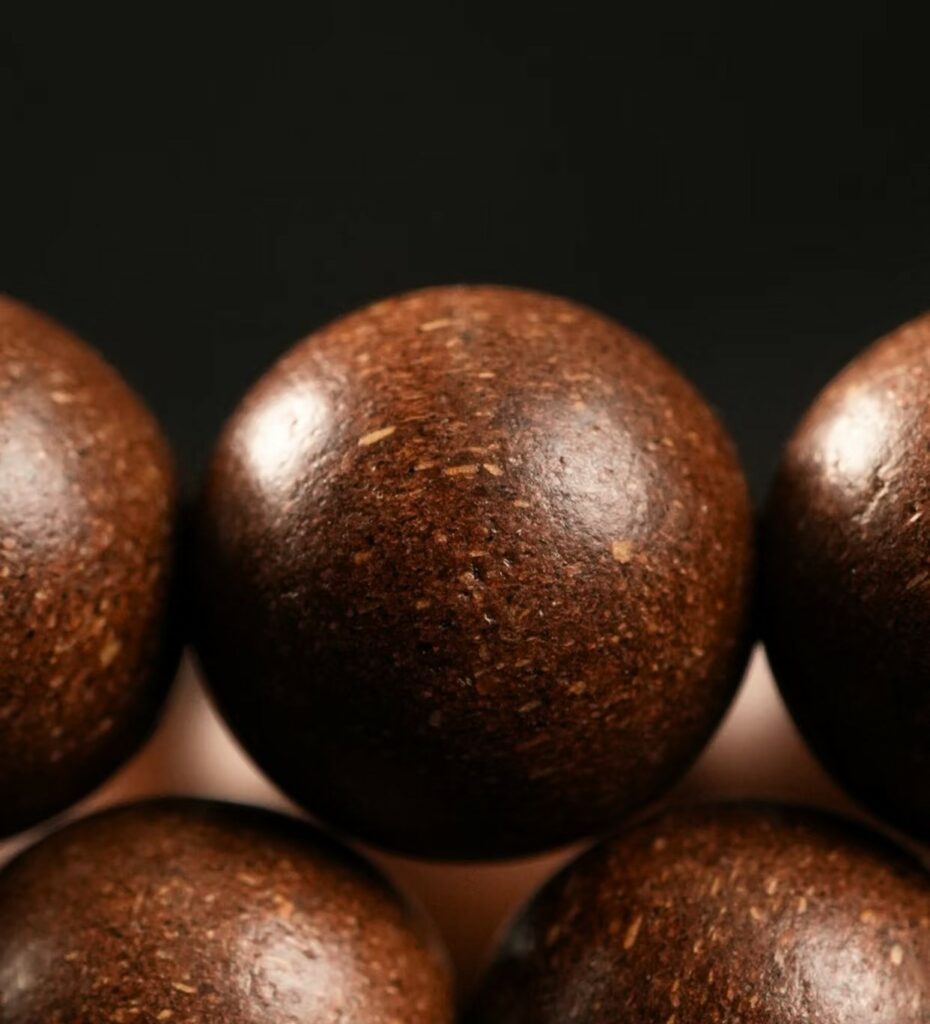
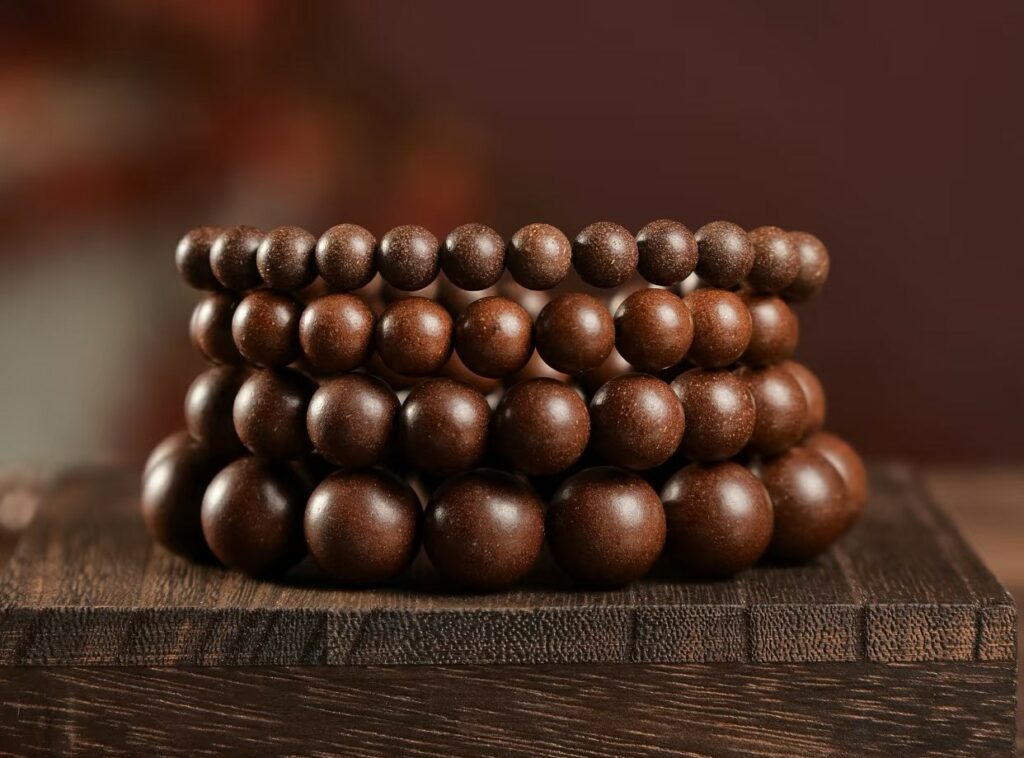
Scented Incense is often perceived in the modern world as a simple stick of fragrance—something to light for atmosphere, meditation, or ritual. Yet behind this commonplace image lies a tradition that is profound, intricate, and deeply rooted in the cultural history of East Asia. At the heart of this heritage stands the concept of blended incense, particularly in its highest form known as condensed blended incense, a craft recognized as part of intangible cultural heritage.
Four Ways of Appreciating Scented Incense:
- Fragrance Cloud - Meeting the Incense Directly
- Fragrance Resonance - Listening to the Echo of Scent
- Fragrance Essence - Walking into the Incense
- Lingering Fragrance - The Echo After the Flame
There are objects in life that are merely decorative, and there are objects that hold the weight of centuries. Scented Incense Beads—known in traditional culture as He Xiang Zhu—belong to the latter. They are not simply crafted; they are cultivated. They are not burned for fragrance alone; they are cherished for the way they bridge human spirit, natural essence, and cosmic rhythm.
For many, the first encounter with Scented Incense Beads feels almost accidental. A string of beads on a scholar’s desk. A faint fragrance released as the fingers warm their surface. A sudden calm, as if memory itself exhales. But once you step into this world, you begin to understand why they are revered. They are more than accessories; they are instruments of alignment—tools that deepen meditation, release tension, and carry the wisdom of thousands of years.
The Cultural Weight of Scented Incense Beads
In Chinese tradition, fragrance has always been more than pleasure. From the Spring and Autumn period to the Han dynasty, incense was used in rituals, medicine, and daily cultivation of the spirit. Monks, poets, physicians, and emperors alike understood that fragrance penetrates where reason cannot. Unlike the brush that writes, or the zither that sings, scent works in silence. It enters without resistance. It binds memory. It stabilizes the heart.
Scented Incense Beads became an elevated form of this tradition. Unlike powdered incense burned and gone in a single moment, beads endure. They are vessels—tiny spheres that contain condensed layers of rare woods, resins, herbs, and blossoms, all pressed and aged according to precise principles. Each bead is a world, each fragrance a language.
When you hold them, you do not just hold crafted matter; you hold the convergence of ritual, medicine, and art. That is why their place in culture is so high: they embody the idea that the human body, the natural world, and the spiritual path are inseparable.
It's Art and Legacy of Chinese Incense
How Does Incense Beads help your sleep well ?

Modern research illuminates why these ancient aromatic practices show renewed relevance for sleep science. The neurobiological pathway begins when inhalation transports aromatic molecules to the olfactory bulb, which directly interfaces with the limbic system—the brain’s emotional core housing the amygdala and hippocampus. This privileged neural pathway explains scent’s unparalleled ability to evoke emotion and memory, bypassing rational processing centers. Crucially, calming fragrances trigger the release of melatonin, the hormone governing sleep-wake cycles, while reducing cortisol production associated with stress arousal.
The Science Behind Scent and Sleep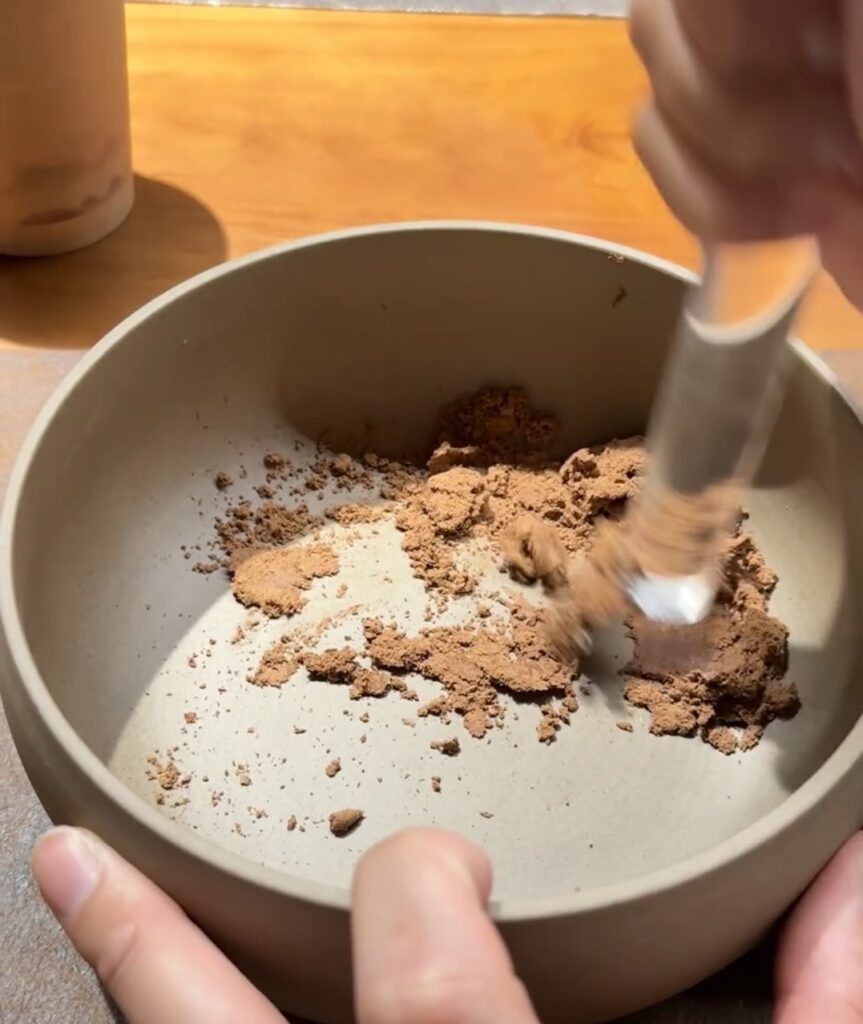
Traditional Incense Beads distinguishes itself from simple aromatherapy through sophisticated synergistic blending of ingredients targeting multiple sleep-disruption pathways simultaneously. Based on classical texts like the Kuangzhai Xiangpu, several formulas show particular relevance for modern sleep challenges
Sleep-Enhancing Incense Beads Formulas and MechanismsWhat Are They Made Of?
The making of Scented Incense Beads is neither casual nor simple. At its highest level, it follows the classical principle of “balance and harmony,” much like traditional medicine. The ingredients are carefully chosen, each with a role to play:
Agarwood (Chen Xiang): Deep, resinous, and grounding. It draws wandering thoughts inward, offering gravity to meditation.
Sandalwood: Warm, soothing, like a steady companion reminding you to breathe.
Borneol and camphor resins: Cooling agents that clear mental fog, awakening clarity.
Herbal components: Such as clove, cinnamon, and cardamom, igniting both warmth and vitality.
Binding agents: Natural honey, orchid root, or the sap of noble trees, chosen not only for their adhesive quality but also for their subtle therapeutic influence.
To call them merely beads would be misleading. They are alchemical orbs, condensed from countless hours of selection, grinding, blending, kneading, and patient aging. The makers are not simply artisans; they are guardians of intangible heritage, ensuring that what is handed down is not just fragrance, but philosophy.
The Timeless Tradition of Scent
A Deep Dive into Scented Incense Beads for Mindfulness

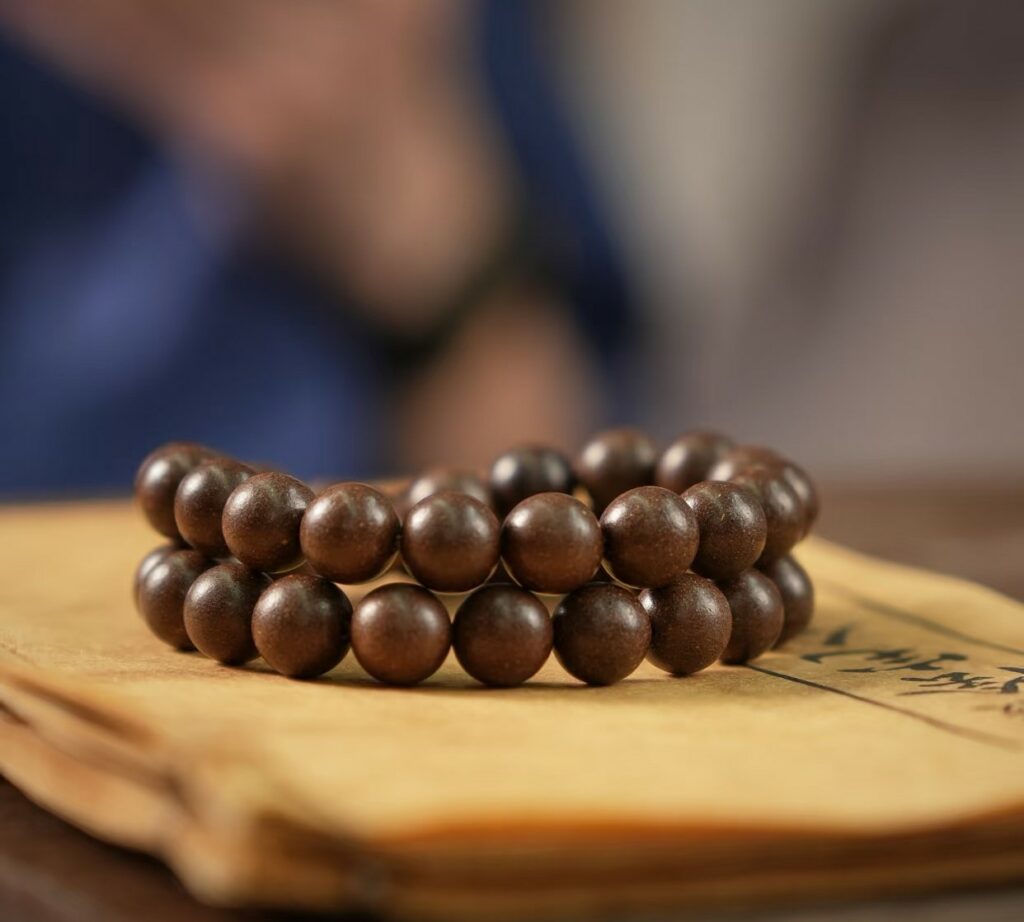
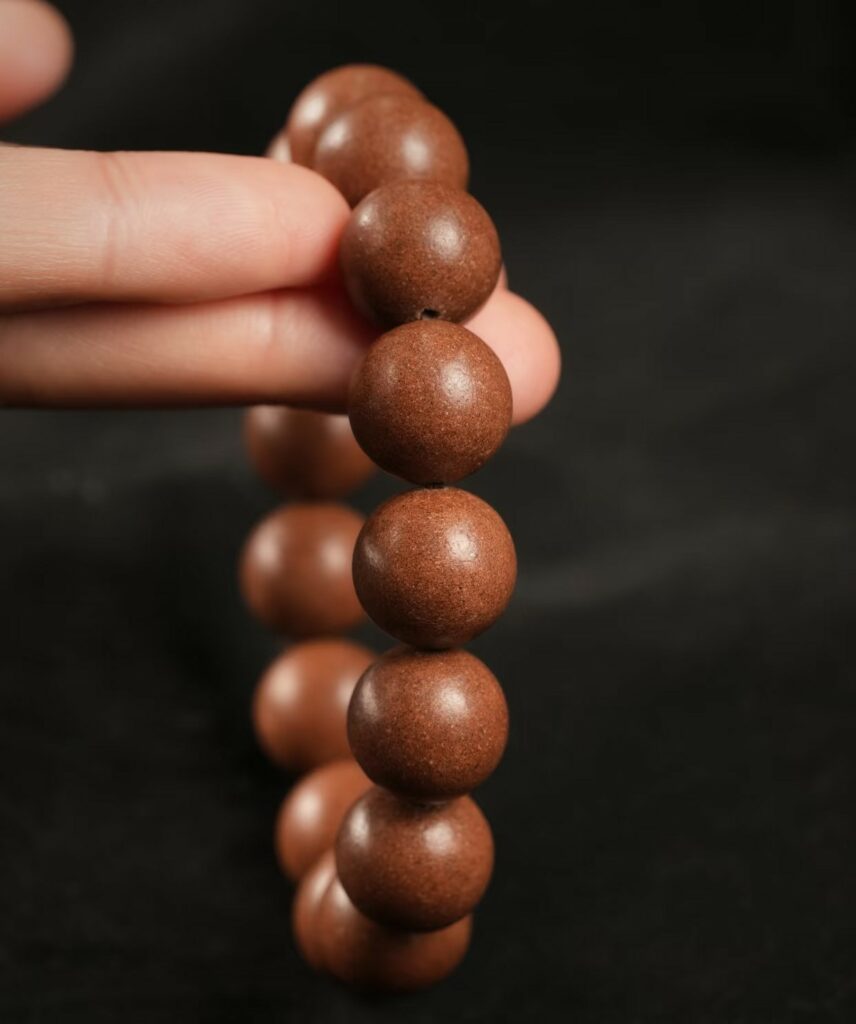
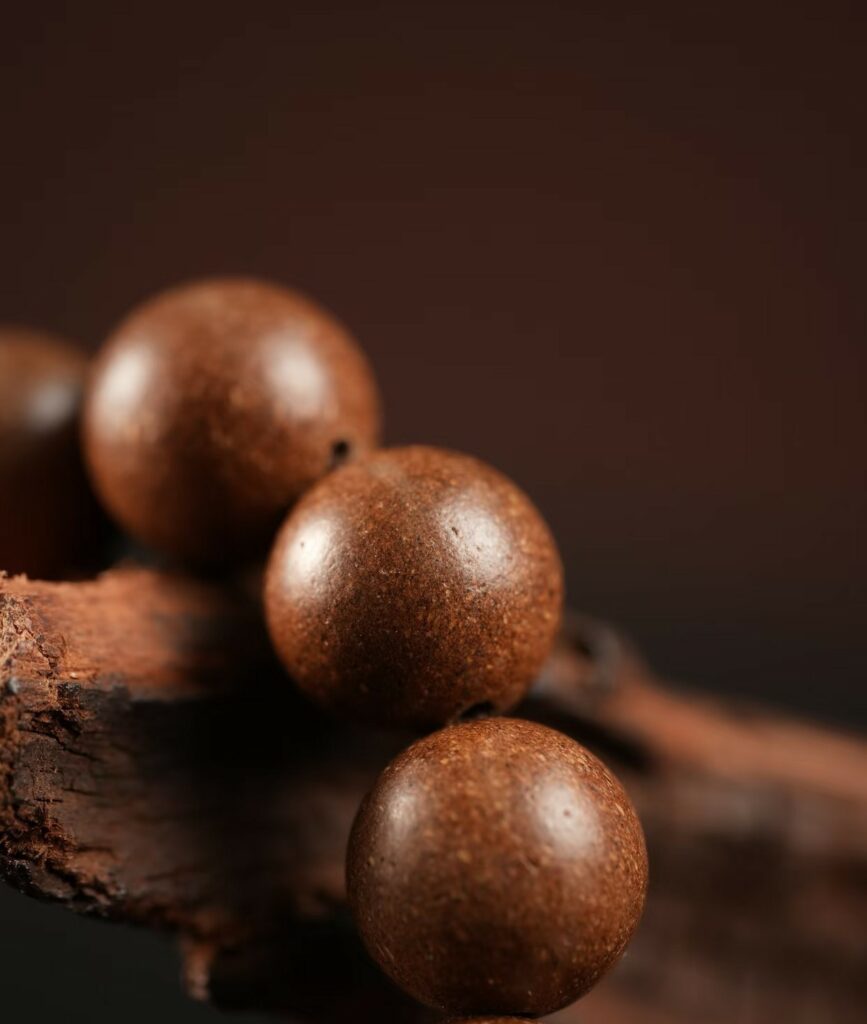
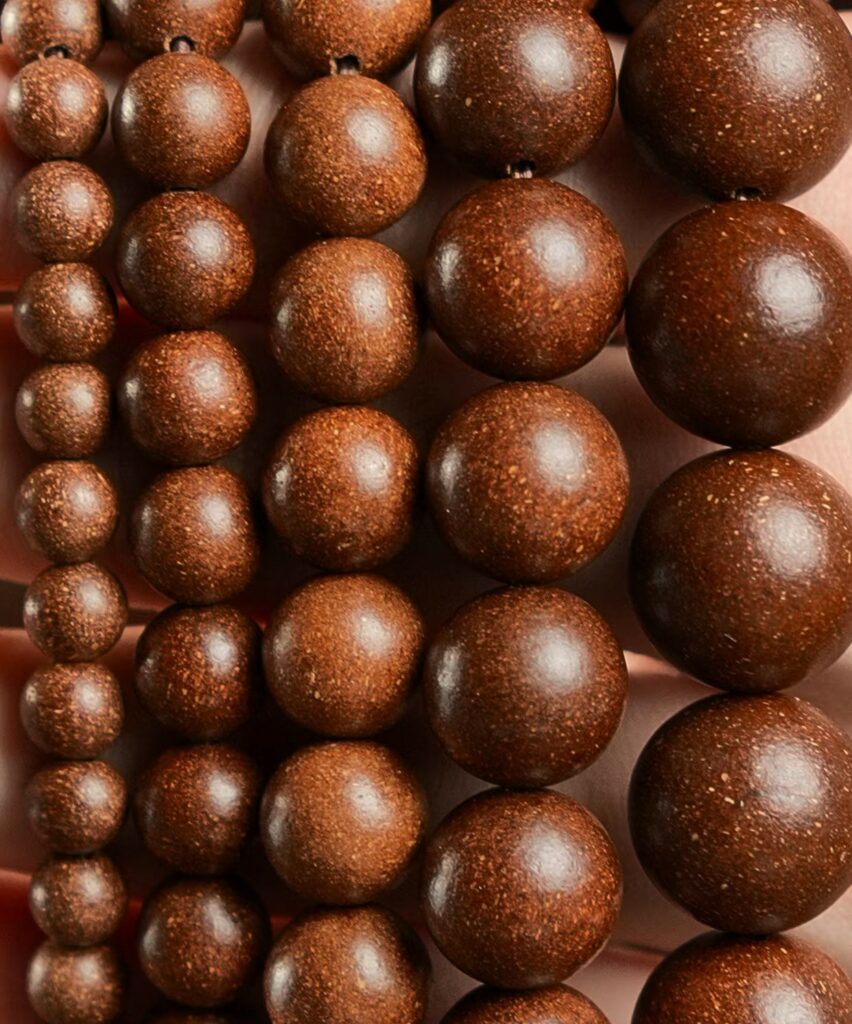
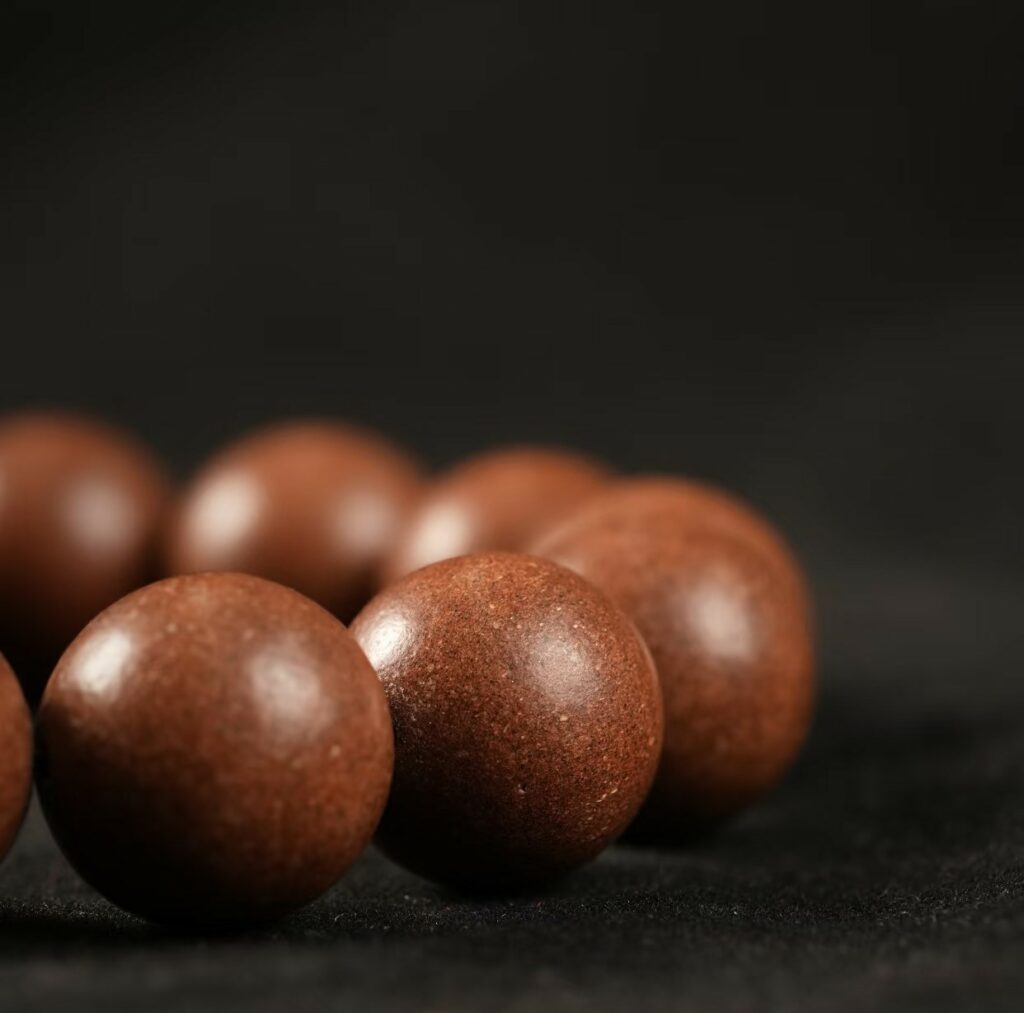
Scented Incense Beads for Mindfulness
In the modern age, when mindfulness has become a global pursuit, Scented Incense Beads find their relevance renewed. Mindfulness asks us to stay in the present, to anchor our breath, to observe thought without drowning in it. But anyone who has tried knows how elusive the mind can be.
Here, the beads become more than ornaments. Scented Incense Beads for Mindfulness act as companions in practice. Their fragrance does not command; it invites. It doesn’t interrupt thought with force; it surrounds it, softens it, and gently redirects it toward stillness.
Imagine sitting for meditation: your spine tall, your hands resting lightly, the beads looped around your wrist. As your palms warm them, faint layers of agarwood and sandalwood release. The fragrance weaves into breath. The mind begins to unclench. Thoughts that once clamored begin to dissolve into the steady rhythm of inhalation and exhalation.
In that moment, beads become bridges. They link your body to your breath, your breath to your spirit, your spirit to the wisdom of ages. This is why for many practitioners, Scented Incense Beads are not optional—they are essential.
The Emotional Language of Fragrance
What makes these beads so powerful is not only their ingredients but their emotional resonance. Fragrance is not neutral; it is intimate.
Sandalwood whispers reassurance: You are safe, stay here.
Agarwood grounds with dignity: Return, be centered, be unshaken.
Lotus and floral tones soften sharpness: Let anger dissolve, let tenderness rise.
Cinnamon and spice awaken vitality: Stand, strive, shine.
Each note is like a word in a sentence, and when combined, they become an emotional chorus. They remind us that mindfulness is not a dry discipline but a living, breathing art—full of warmth, energy, release, and renewal.
Luxury Scented Incense
Su Neihan's Yamen Incense
Su Neihan , better known as Su Shi (1037–1101) or Su Dongpo, was a polymath of the Song Dynasty—renowned as a poet, statesman, and incense master. His creation, Yamen Incense , epitomizes the literati tradition of Xiangdao ( “the Way of Incense”), blending olfactory artistry with philosophical refinement. Designed for use in government offices (yamen) and scholarly studios, this incense aimed to purify the mind, enhance focus during administrative duties, and cultivate inner tranquility amid bureaucratic pressures3. Unlike lavish imperial blends, Su Shi’s formula prioritized accessible ingredients, reflecting his Daoist-Buddhist ideals of simplicity and harmony with nature.
Why Their Place in Culture Is So High
So why, after centuries, do Scented Incense Beads still hold such a lofty place in Chinese tradition? It is because they unify three dimensions:
Health: Their natural materials offer therapeutic effects—soothing stress, improving focus, calming the nervous system.
Spirit: They elevate meditation and mindfulness, creating conditions for clarity and compassion.
Heritage: They embody the craftsmanship, philosophy, and aesthetics of Chinese culture, carrying a lineage of wisdom that refuses to fade.
In every bead lies the essence of balance: the harmony of medicine and art, earth and heaven, self and cosmos.
A Personal Reflection
As someone who has lived with these beads, I can say: they are more than fragrance. They become part of you. I remember evenings when the noise of the world felt unbearable, and I turned to my Scented Incense Beads. I would hold them, breathe them in, and slowly—almost imperceptibly—my heart would quiet. The beads taught me patience. They taught me that stillness is not empty, but full of hidden strength.
When I share them with friends beginning their own journey of mindfulness, I say this: do not think of them as luxuries. Think of them as companions. They are the silent teachers on your wrist, always reminding you to pause, to inhale, to return.
A Living Legacy
The reason Scented Incense Beads hold such a high place in Chinese traditional culture is not only because of their rare ingredients or complex craftsmanship, though both are astonishing. It is because they answer a question that every human, across all ages, continues to ask: How do I find peace?
In a world that pulls us outward with endless distraction, Scented Incense Beads for Mindfulness pull us inward, back to center, back to presence, back to the timeless wisdom that true tranquility is not found but cultivated.
They are history and healing, fragrance and philosophy, all condensed into something you can hold in your palm. That is why their place is unshakable. That is why they are cherished. And that is why, even now, their quiet voice still matters.
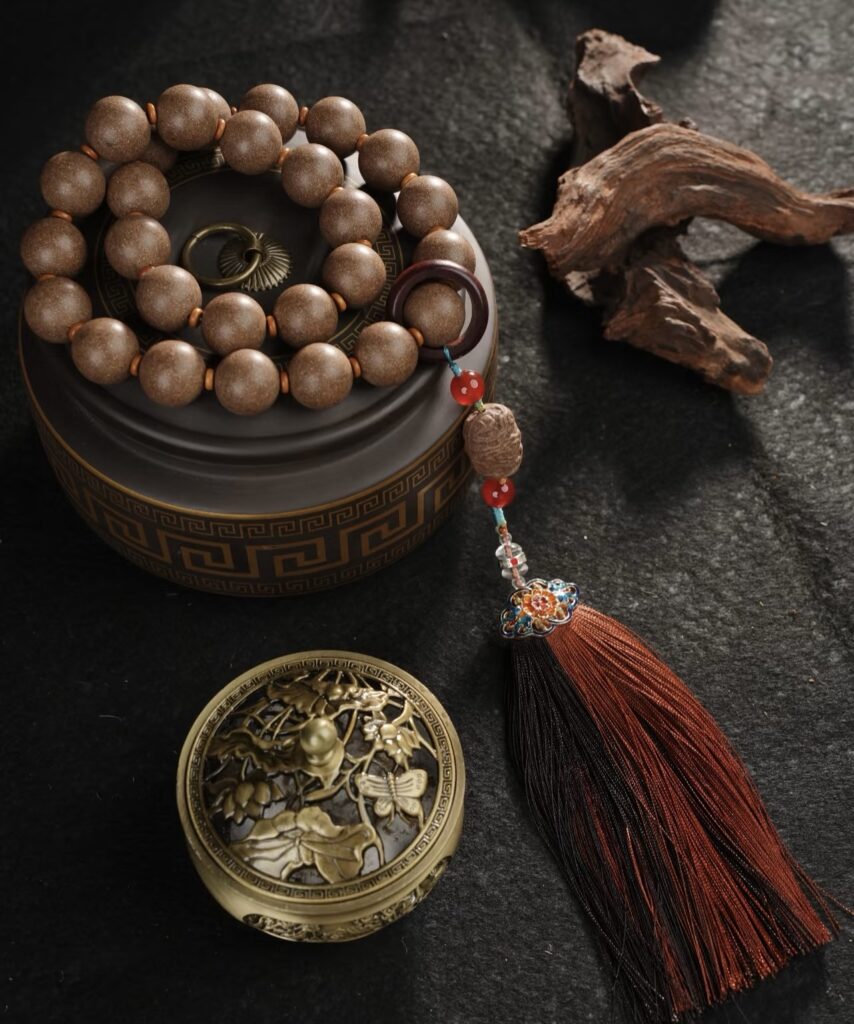
Chinese Scented Incense Culture
In the old world of scholars and monks, incense was never a luxury—it was a necessity. The ancients understood something we often forget: fragrance travels straight to the heart. Unlike words, unlike reason, scent slips beneath the surface, binding memory, stirring spirit, releasing tension.
Think of sandalwood. Its warmth doesn’t argue with you, it doesn’t demand. It simply grounds you, whispering: stay, breathe, do not drift away. Think of agarwood: deep, mysterious, with a gravity that pulls wandering thoughts back to center. Lotus petals soften anger into tenderness. Cinnamon ignites energy. Each scent speaks a different emotional language, and when blended into Scented Incense Beads, those voices become a chorus.
CONTACT US
Blended incense has always carried meaning beyond fragrance. In temples, it rises as an offering to the divine; in homes, it creates atmosphere for meditation, poetry, or study. Scholars of the past described incense as a companion to tea, painting, and music—a medium that refines the mind and connects human life with the rhythms of nature.
Philosophically, incense symbolizes impermanence. The smoke curls upward and disappears, reminding us of life’s fleeting beauty. Yet its lingering fragrance remains, echoing memory and spirit.

